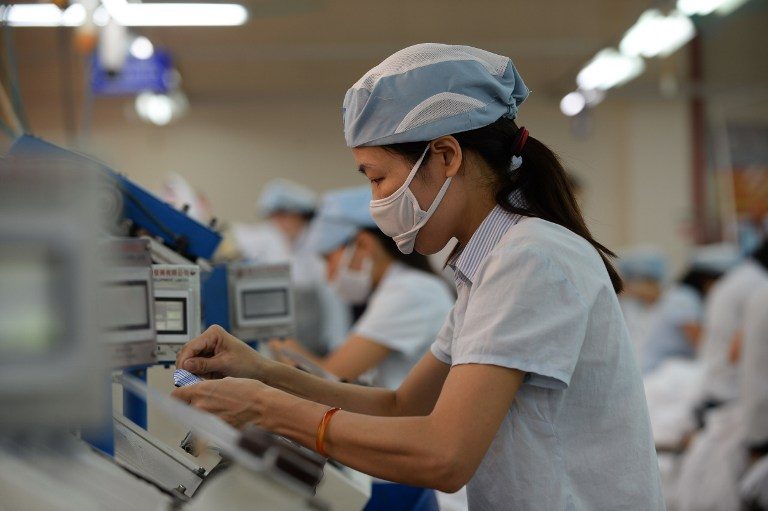SUMMARY
This is AI generated summarization, which may have errors. For context, always refer to the full article.

MANILA, Philippines – Unemployment has affected more than 201 million people worldwide in 2017, said the International Labor Organization (ILO).
With an additional 3.4 million unemployed this year, the United Nations (UN) agency stressed the need to boost the development of small and medium enterprises (SMEs) that play a “crucial role” in job creation.
The ILO’s World Employment and Social Outlook 2017, released Tuesday, October 10, found that the number of full-time employees in SMEs almost doubled from 2003 to 2016. This has brought the employment share of SMEs to 35%.
But the report noted that SMEs’ contribution to total employment stagnated between 2015 and 2016.
Between 2003 and 2008, the growth of permanent full-time employment in SMEs was greater than large firms by an average of 4%. However, there was no employment growth for the sector from 2009 to 2014.
“To reverse the recent trend of employment stagnation in SMEs, we need policies to better promote SMEs and a better business environment for all firms, including access to finance for the younger ones,” said ILO Deputy Director-General for Policy Deborah Greenfield.
Reversing the trend will especially be beneficial for developing economies, where the sector provides 52% of total employment.
In the Philippines, micro, small, and medium enterprises (MSMEs) comprise 99.5% of the total number of registered businesses. Data from the Department of Trade and Industry (DTI) show that 896,839 of 900,914 registered businesses are MSMEs. (READ: Duterte calls on ASEAN to help small businesses, empower women)
Sustainable enterprises
How can SMEs grow further?
The report found that a key feature of sustainable enterprises is their investment in their workers.
Employers that provide permanent workers with formal training, coupled with higher wages, see a 19.6% increase in productivity and 5.3% drop in labor costs compared to those that do not offer development programs.
Another factor that SMEs could look into is their capacity to constantly innovate.
“Innovative firms, overall, tend to be more productive, create more jobs, employ more educated workers, and offer more training,” said the ILO.
But the ILO warned that innovation has also led to “intensive” employment of temporary workers, especially women.
“For example, firms implementing product and process innovation tend to employ more temporary workers than non-innovators by over 75%,” said the UN agency. – Rappler.com
Add a comment
How does this make you feel?
There are no comments yet. Add your comment to start the conversation.